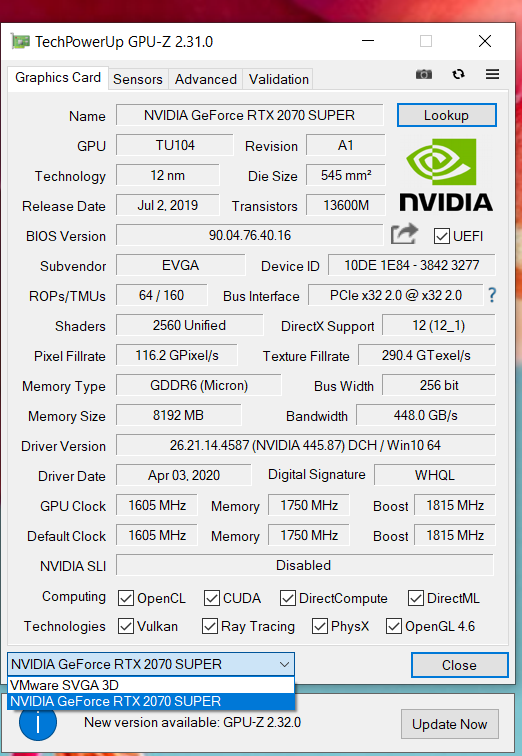
Now we have a basic understanding of the QEMU-kvm command-line options, which brings us one step closer to the actual operating system install. Use the specified file as a CD-ROM image. Sets the default value of driver’s property, which is useful for setting options of devices created automatically. Specifies the boot order of drives as a string of drive letters, which can be:- a: floppy 1 Specifies the VGA card to emulate, where we can use: cirrus, std, vmware, qxl, none.> -vga qxl QEMU can use different options to display the VGA output normally it uses SDL, but this option instructs it to use VNC.> -vnc 127.0.0.1:0 Note that we can use both the -net or -netdev command-line option to create a new interface. – addr: set the address of the PCI controller.Ĭreates a new network interface, where the rtl8139 is created by default, but we can also use: virtio, i82551, i82557b, i82559er, ne2k_pci, ne2k_isa, pcnet, e1000, smc91c111, lance and mcf_fec.
QEMU VGA VMWARE TYPING PROBLEM SERIAL NUMBER
– format: specifies the disk format to be used.- serial: the serial number to assign to the device. – cache: how the host cache is used to access block data: none, writeback, unsafe, writethrough. – media: the type of media: disk, CD-ROM. – if: which interface type the drive is connected: none, ide, scsi, sd, mtd, floppy, pflash, or virtio. The NAME is a name of the previously defined -netdev backend to which the virtual network device with be connected.ĭefine a new drive, where the options can be:- file: disk images used with this drive When creating a device for networking, we can choose e1000, rtl8139, virtio-net (required special driver) device by using “-device TYPE,netdev=NAME” command-line options.
QEMU VGA VMWARE TYPING PROBLEM DRIVER
We should emulate the device that we would like to have in the guest OS: we must ensure that the OS has a device driver to be able to use that device. All the devices can be printed with “QEMU-kvm -device ?”. The clock parameter specifies whether RTC is set by the host clock or vm if we want to isolate the guest’s clock from the host’s.> -rtc base=localtimeĭoesn’t stop QEMU when VM stops, but only stops the emulation.> -no-shutdownĬreates a virtual device by setting the device driver and its properties.

rtc Įnables the time clock start at UTC, local time or a specific date. Each device must also have an string id, which uniquely identifies the device. Specifies the character device options, where the backend is one of the following: null, socket, udp, msmouse, vc, file, pipe, console, serial, pty, stdio, braille, tty, parport spicevmc. Normally QEMU sets default devices such as serial port, parallel port, virtual console, monitor device, VGA adapter, floppy, and CD-ROM drive, but we can disable all those devices with -nodefaults.> -nodefaults Simulates the SMP system with n CPUs, which have c number of cores with t threads.> -smp 1,sockets=1,cores=1,threads=1 Sets the number of MB of memory the VM will have. Selects the CPU model, where all the CPUs can be printed with “QEMU-kvm -cpu ?”.> -cpu core2duo The name of the QEMU guest VM, which will be displayed when connecting to that VM by using VNC.

We can use the accel and dump-guest-core properties, where the first enables an accelerator kvm or tcg and the latter includes guest memory in a core dump.

Selects the emulated machine by name, where all machines can be printed with “QEMU-kvm -machine ?”.


 0 kommentar(er)
0 kommentar(er)
